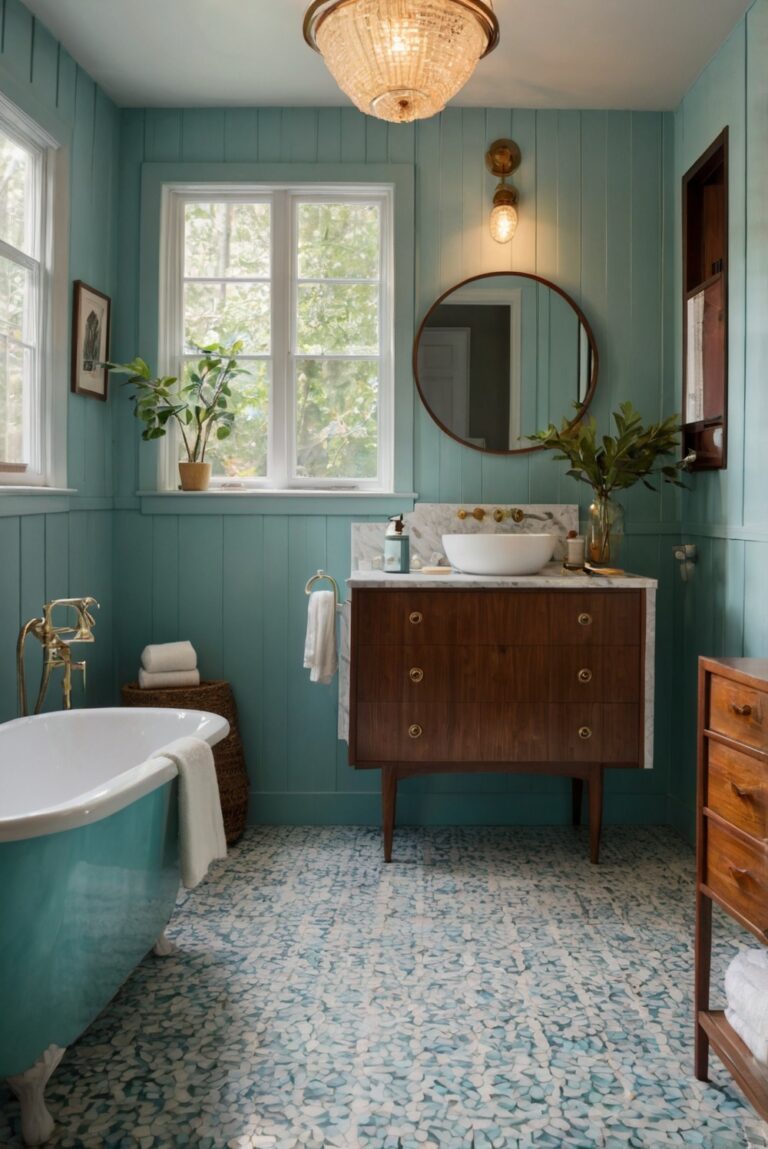What are the best toilet options for aging-in-place bathrooms?

Explore innovative toilet options specifically designed for aging-in-place bathrooms, ensuring both functionality and style in your interior design routine.
What are the best toilet options for aging-in-place bathrooms?
‘What are the best toilet options for aging-in-place bathrooms?’ as a daily routine with my home decor ideas:
16px font size bold: To ensure safety and comfort in aging-in-place bathrooms, consider installing comfort-height toilets with grab bars for stability. These toilets are easy to use and promote independence for seniors. Proper lighting and slip-resistant flooring near the toilet area can further enhance safety. Additionally, ensure that the space is well-ventilated and accessible. Regular maintenance checks on the toilet and surrounding areas are crucial to prevent accidents and maintain a clean and functional bathroom environment. Make sure to consult with professionals for space planning and interior design considerations tailored for aging-in-place needs.
What are the best toilet options for aging-in-place bathrooms?
As individuals age, it’s essential to ensure that their living spaces are safe and accessible. Bathrooms, in particular, can pose challenges for seniors due to their slippery surfaces and various fixtures. When it comes to aging-in-place bathrooms, choosing the right toilet is crucial for maintaining independence and comfort. Here are some of the best toilet options for aging-in-place bathrooms:
Comfort Height Toilets:
Comfort height toilets, also known as ADA-compliant toilets, are taller than standard toilets, making them easier for seniors to sit down and stand up from. The extra height reduces the strain on the knees and back, promoting better comfort and accessibility. Look for toilets with a seat height of around 17 to 19 inches for optimal comfort.
Grab Bars:
Installing grab bars near the toilet can provide seniors with added support and stability. These bars can help individuals maintain their balance while using the toilet and reduce the risk of falls. Make sure the grab bars are securely mounted to the wall and are easy to reach from the toilet seat.
Bidet Toilet Seats:
Bidet toilet seats offer a hygienic and convenient way for seniors to clean themselves after using the toilet. These seats can be easily installed on existing toilets and provide features like adjustable water temperature, pressure, and angle. Bidet toilet seats are especially beneficial for individuals with mobility issues or limited dexterity.
Considerations for Choosing the Best Toilet Options:
When selecting a toilet for an aging-in-place bathroom, there are several factors to consider:
Accessibility:
Ensure that the toilet is easily accessible for individuals with mobility issues. Consider features like grab bars, raised toilet seats, and ample space around the toilet for maneuverability.
Safety:
Prioritize safety by choosing toilets with anti-slip surfaces, grab bars, and sturdy construction. Avoid toilets with sharp edges or difficult-to-reach flush handles.
Comfort:
Opt for toilets that offer comfort height seating, ergonomic design, and additional features like heated seats or bidet functionality. Comfort is key for seniors who may spend extended periods in the bathroom.
Functionality:
Consider the functionality of the toilet, including water-saving features, ease of cleaning, and durability. Look for toilets with efficient flushing systems and low maintenance requirements.
Customization:
Choose toilet options that can be customized to meet the specific needs of the individual. This may include adjustable seat heights, bidet features, or other personalized settings.
Overall, selecting the best toilet options for aging-in-place bathrooms involves considering accessibility, safety, comfort, functionality, and customization. By choosing toilets that cater to the unique needs of seniors, you can create a bathroom environment that promotes independence and well-being.
1. What are the key features to look for in a toilet for aging-in-place bathrooms?
When selecting a toilet for aging-in-place bathrooms, consider features like comfort height (17-19 inches), elongated bowl for easier seating, grab bars for support, and easy-to-use flush mechanisms. These features enhance accessibility and safety for seniors or individuals with mobility issues.
2. Are there specific toilet models recommended for aging-in-place bathrooms?
Some popular toilet options for aging-in-place bathrooms include the Kohler Cimarron Comfort Height toilet, Toto Drake II, American Standard Champion-4, and Niagara Stealth. These models offer comfort, durability, and accessibility features suitable for aging individuals.
3. How can toilets be modified for aging-in-place bathrooms?
Toilets can be modified by adding grab bars for support, raised toilet seats for easier access, and touchless flush mechanisms for convenience. These modifications enhance the safety and accessibility of the toilet for aging individuals.
4. What are the benefits of installing a bidet toilet seat in aging-in-place bathrooms?
Bidet toilet seats offer added hygiene and comfort for aging individuals. They provide a gentle cleansing option, reducing the need for excessive wiping and promoting better personal hygiene. Bidet toilet seats can be a valuable addition to aging-in-place bathrooms.
5. Are there any regulations or guidelines to consider when installing toilets in aging-in-place bathrooms?
When installing toilets in aging-in-place bathrooms, it is essential to follow ADA guidelines for accessibility. Ensure proper clearances around the toilet, install grab bars at the correct height and location, and choose a toilet with comfort height for ease of use. Adhering to these guidelines ensures a safe and accessible bathroom environment for aging individuals.






